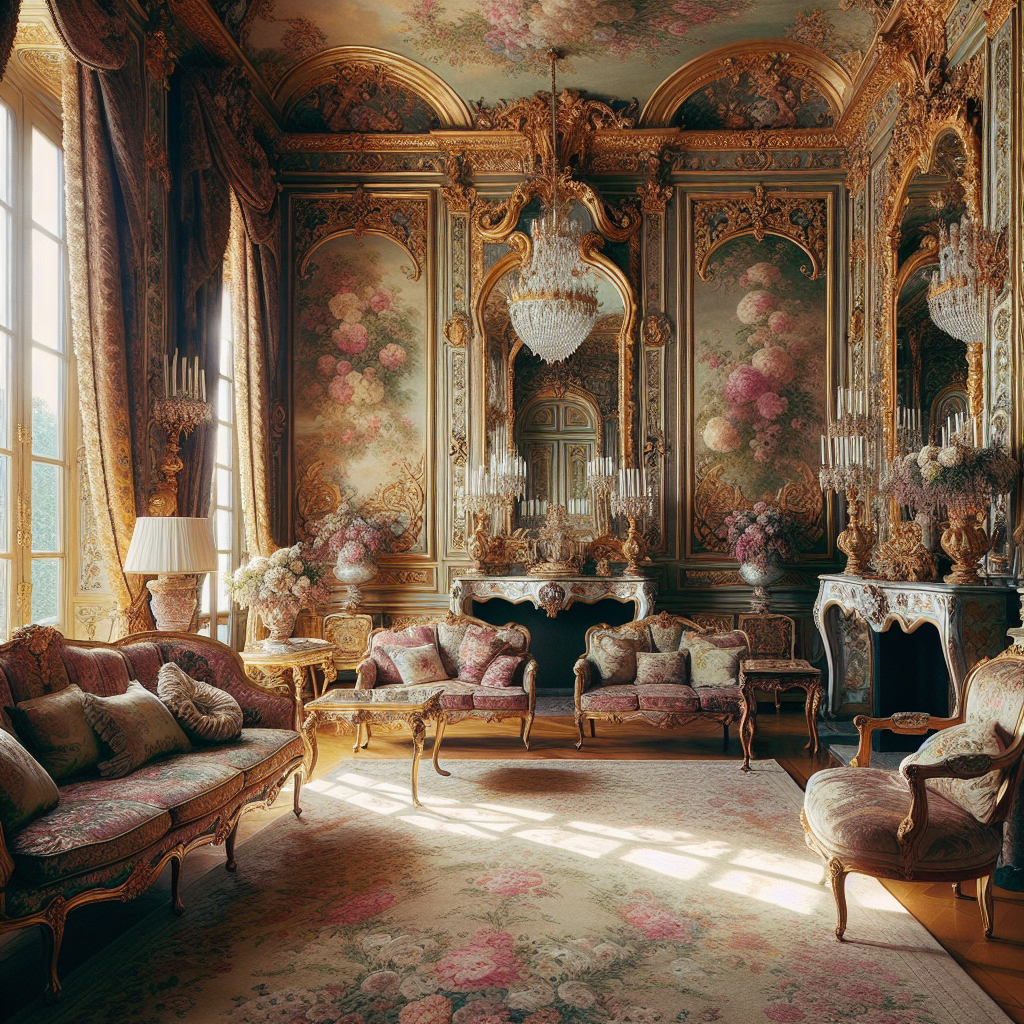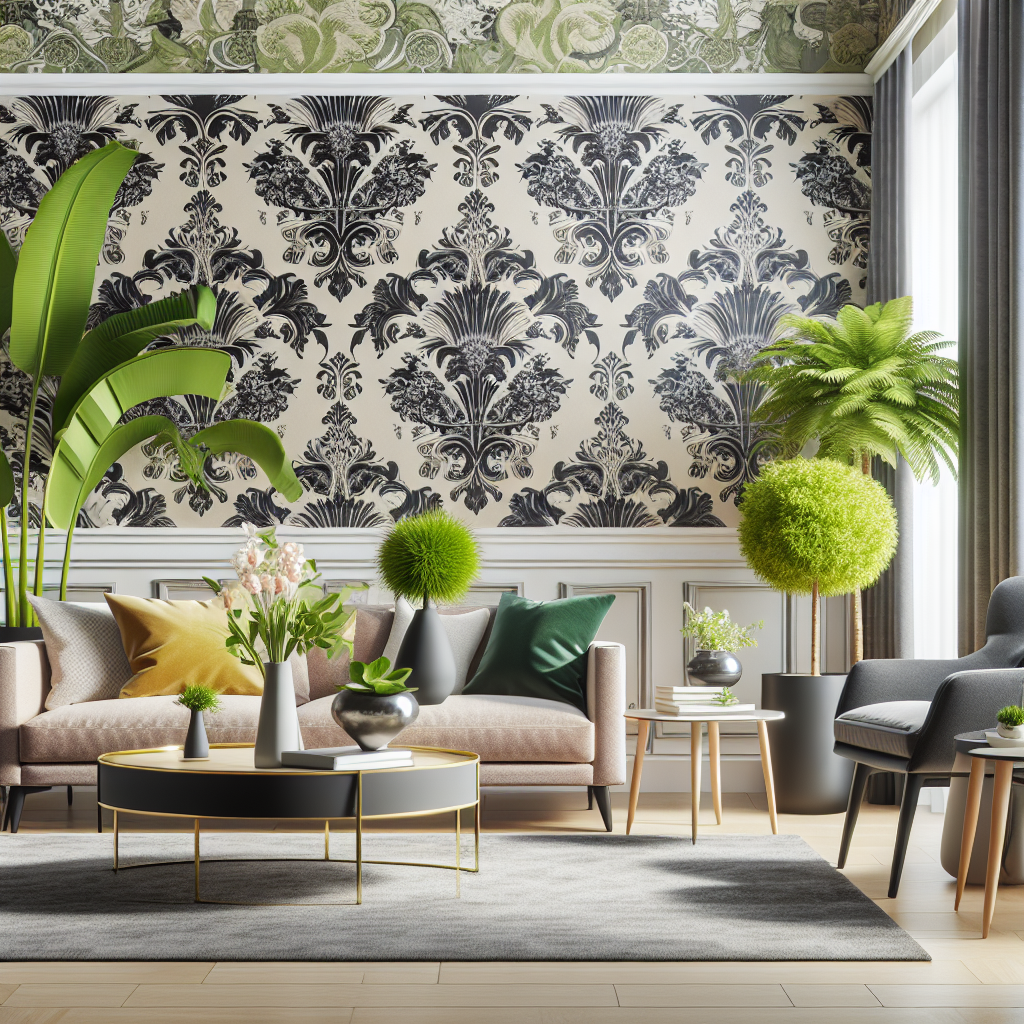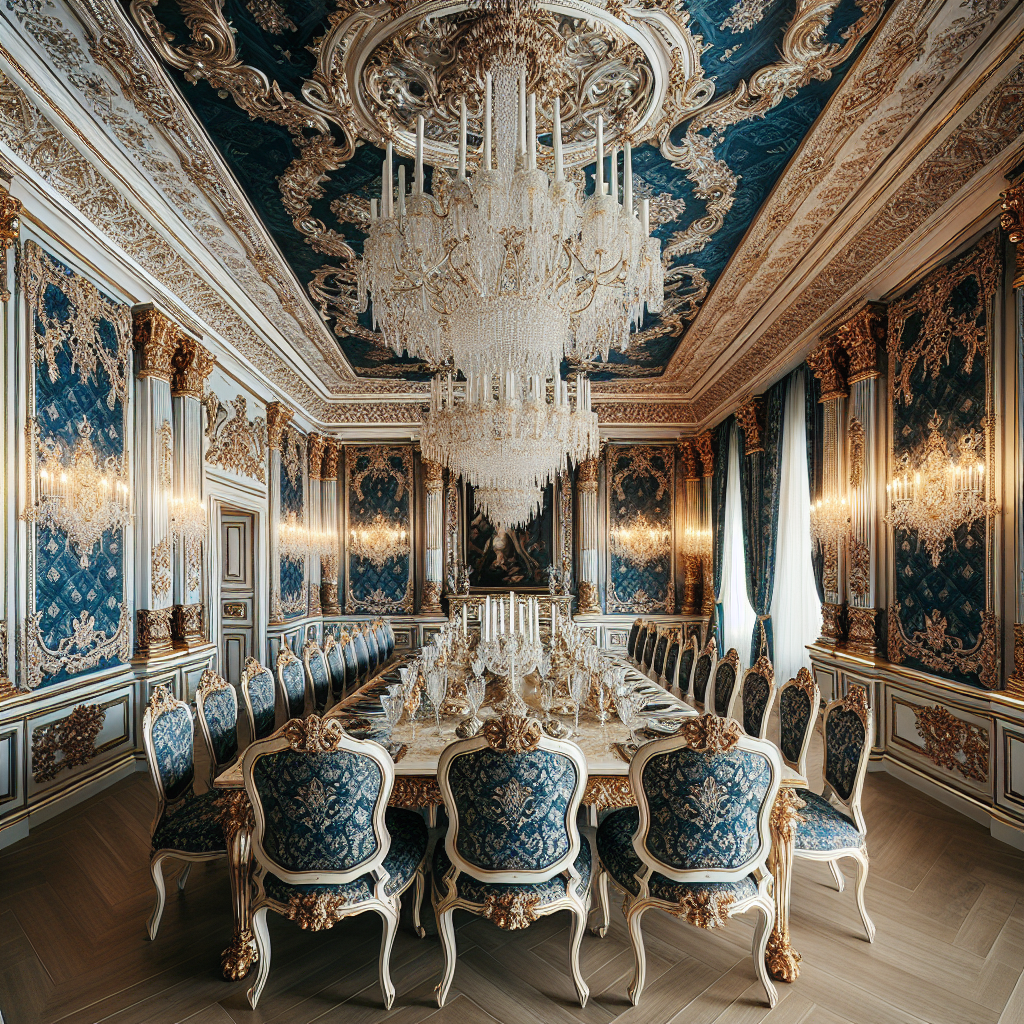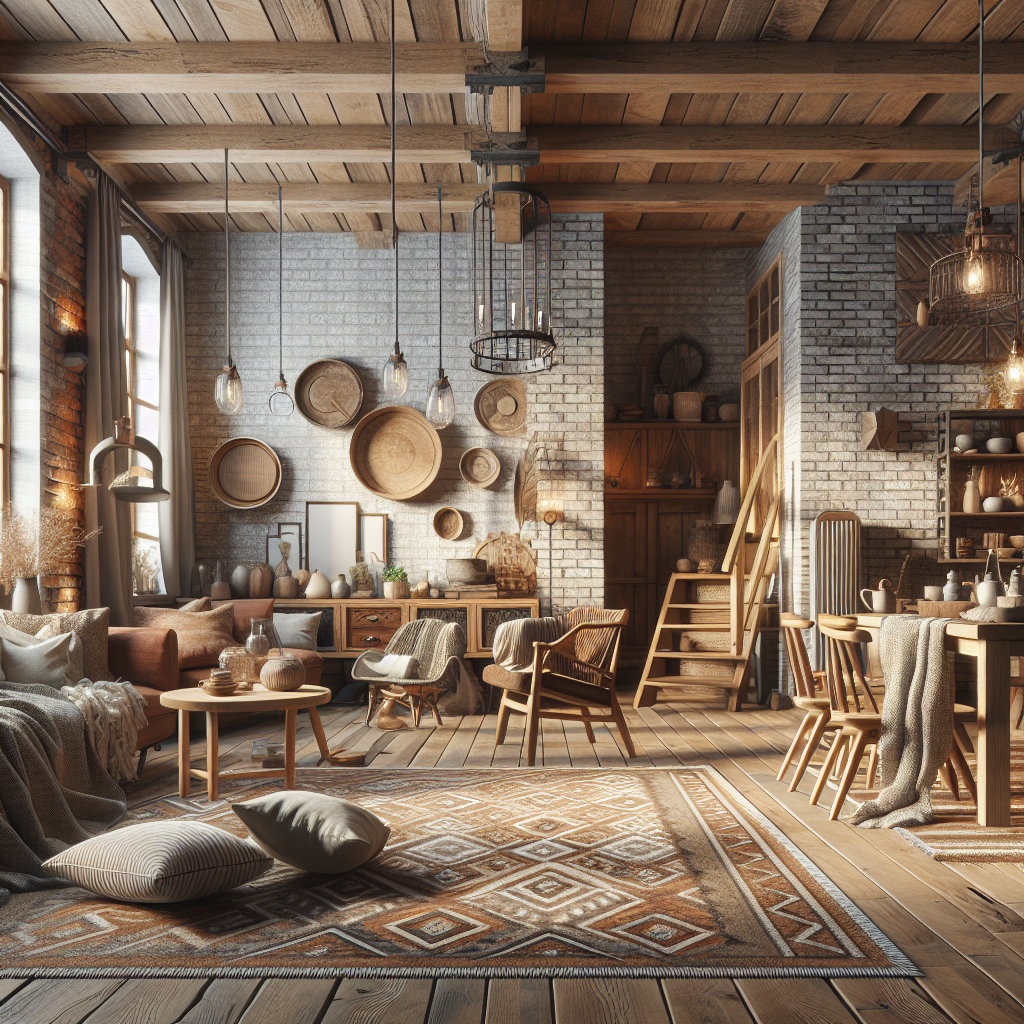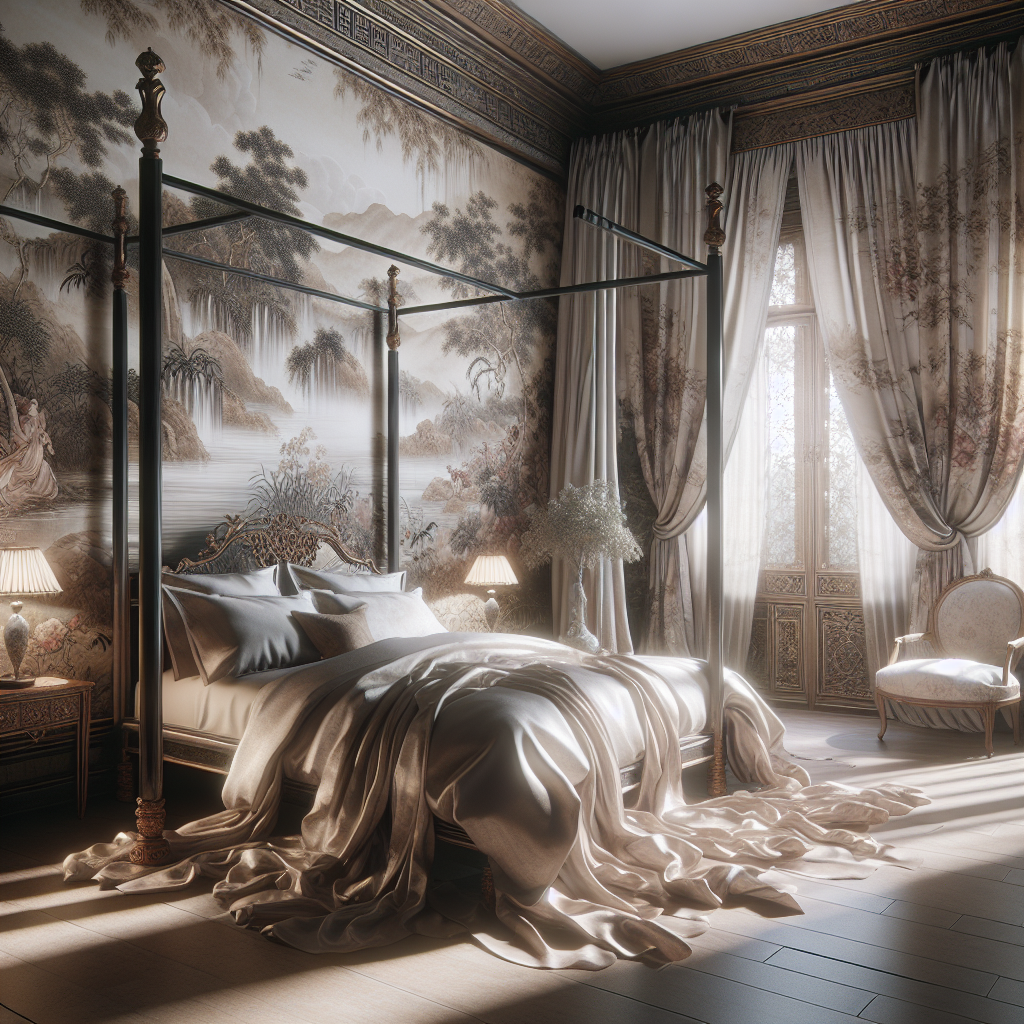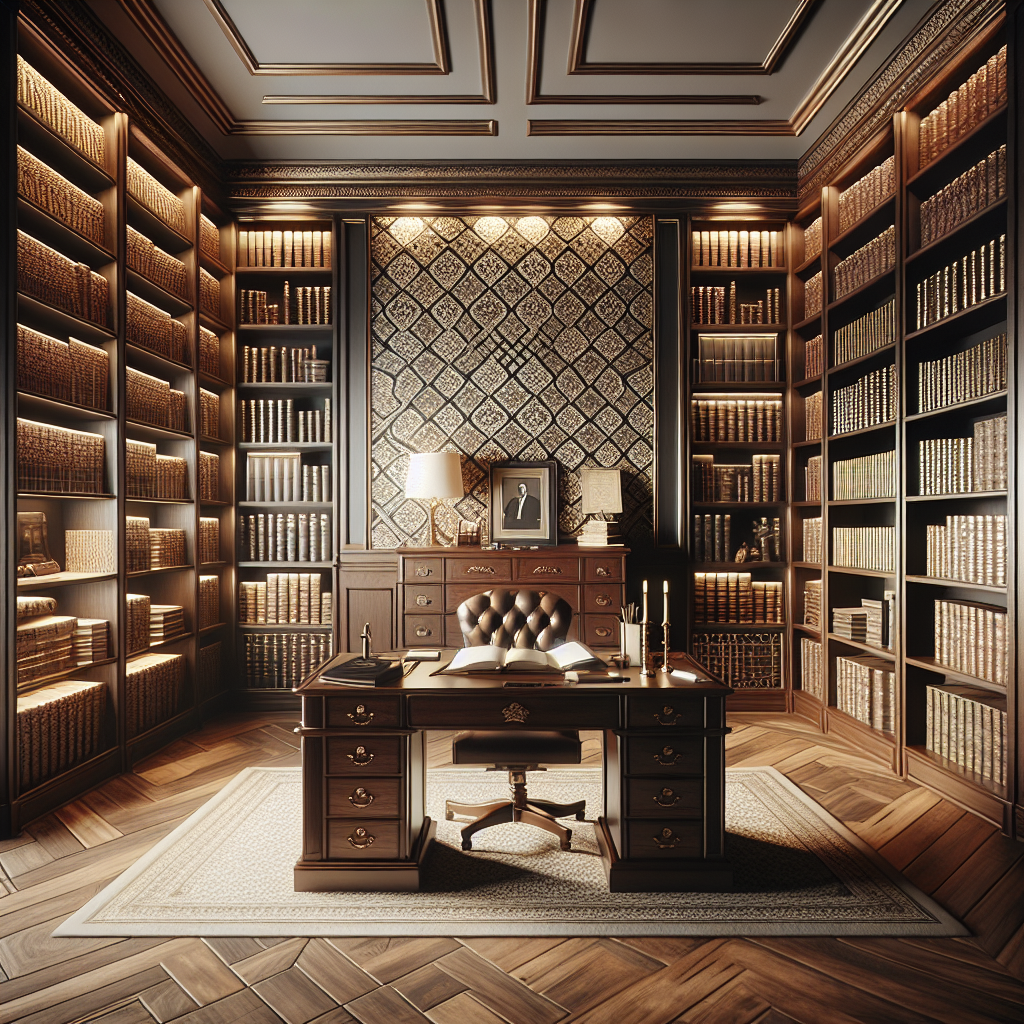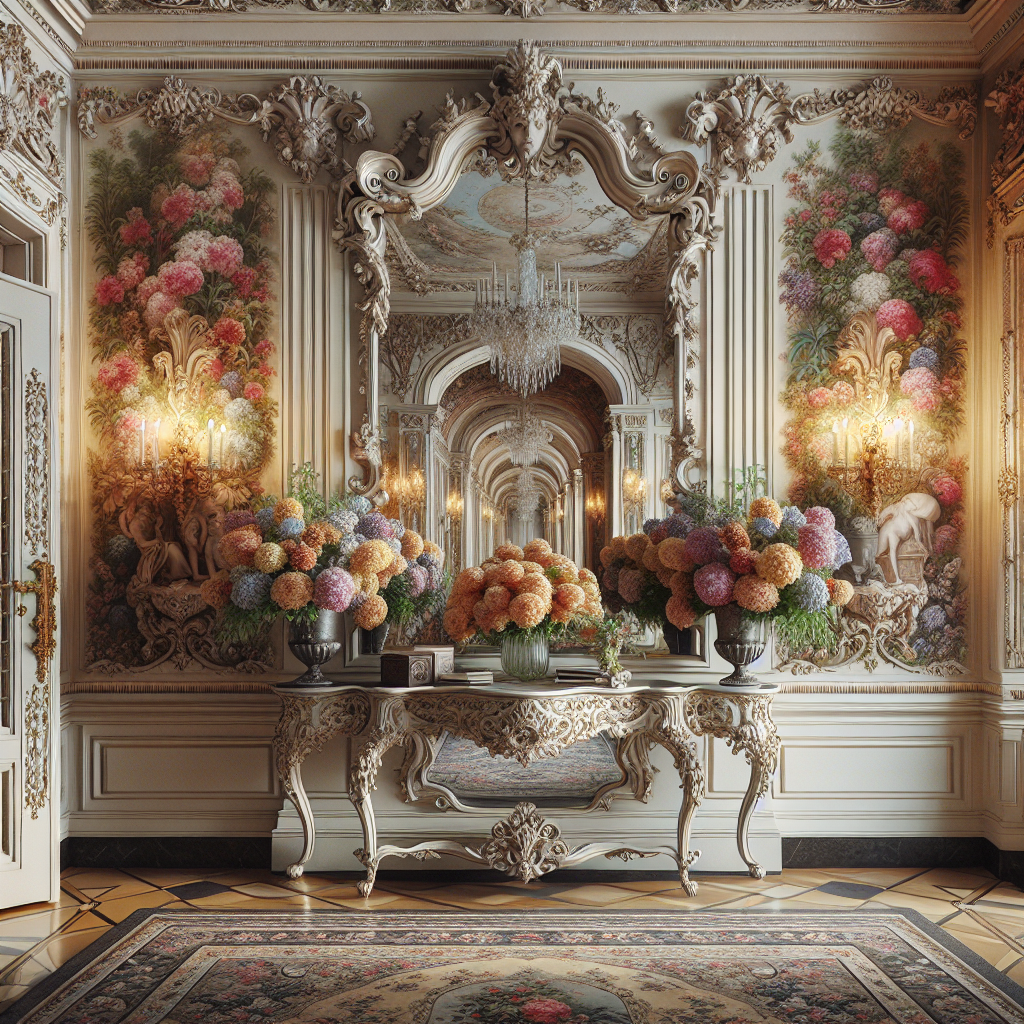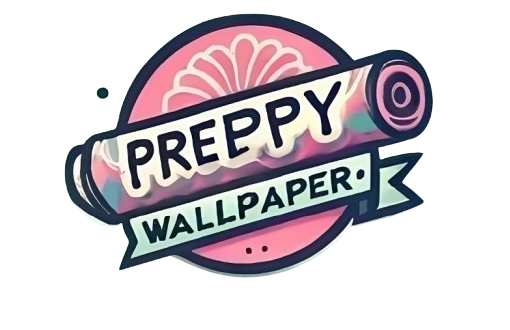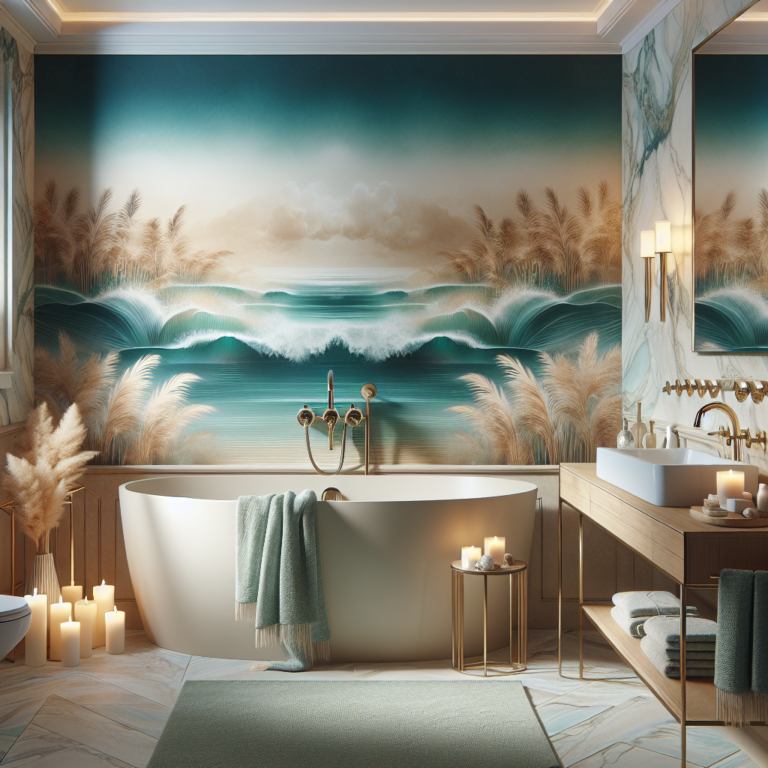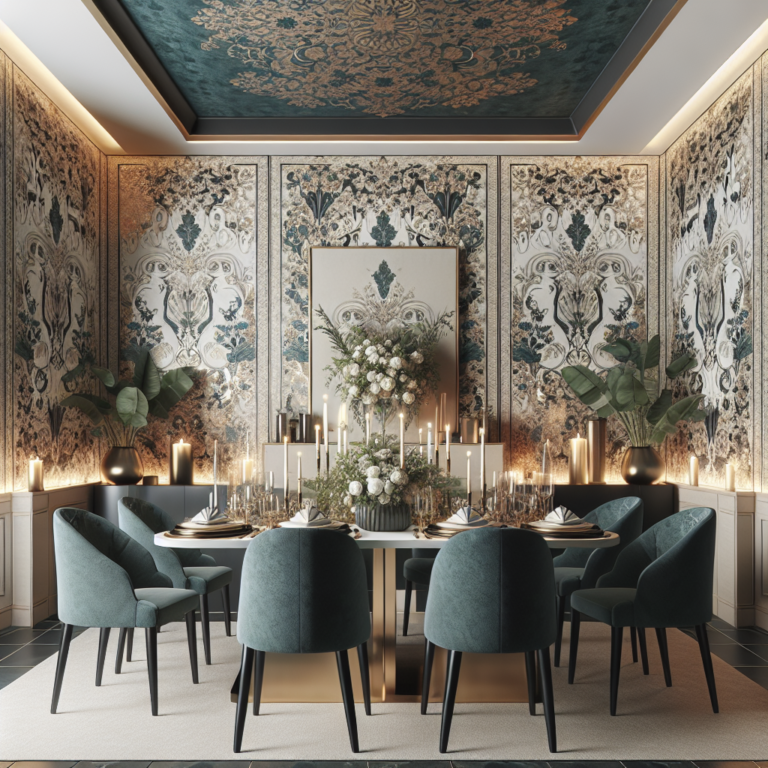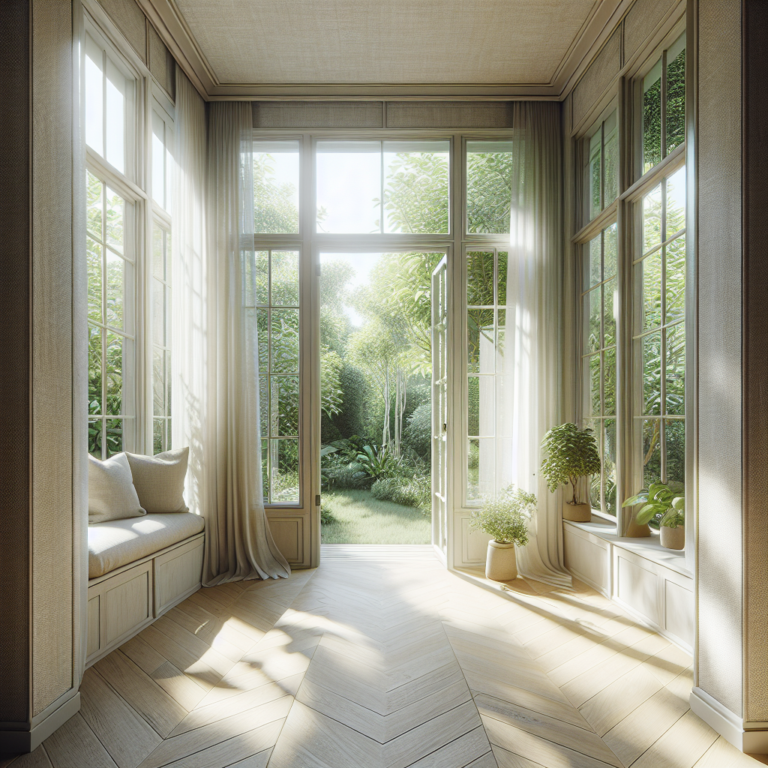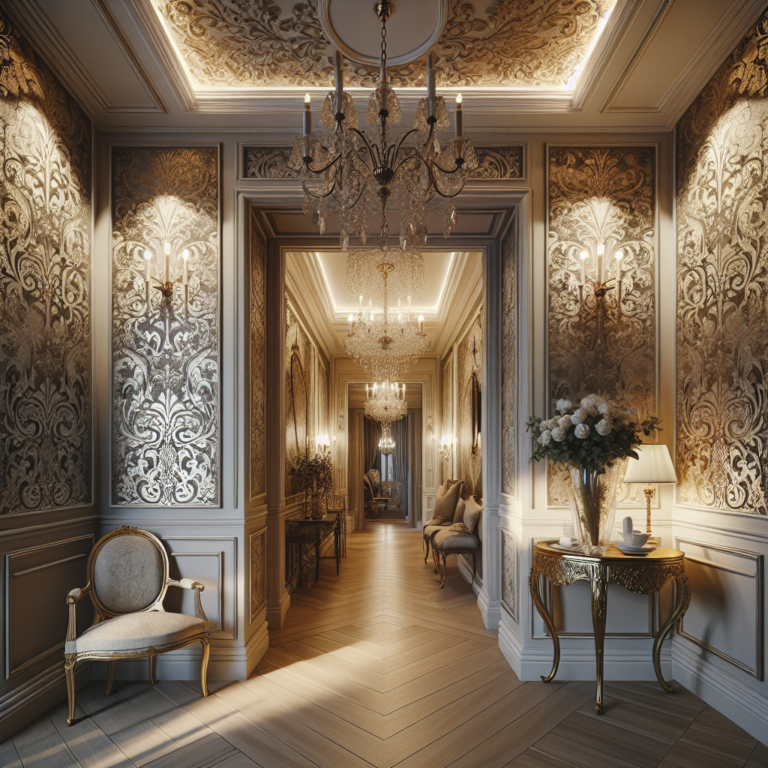18th-Century European Wallpaper Trends You Can Use Today
Introduction to 18th-Century Wallpaper
The 18th century was a remarkable era for European interior design, with wallpaper taking center stage in lavish homes. This was a time when artisans poured creativity into their craft, producing wallpaper that not only covered walls but transformed spaces. The techniques and styles of this age are still relevant today, serving as an inspiration for modern designs that echo the elegance of the past.
From the pastoral scenes of France to the intricate damasks of England, 18th-century wallpaper trends incorporated themes of nature, mythology, and ornate details. Modern homeowners are increasingly drawn to these historic styles to imbue their spaces with character and charm. But how can you integrate these timeless trends into a contemporary setting? Let’s explore various elements of 18th-century wallpaper that you can embrace today.
Classic Floral Patterns
Floral patterns were a staple in 18th-century wallpaper design, capturing the beauty of nature in decorative form. Designers often used delicate illustrations of roses, peonies, and wildflowers, creating a soft, inviting atmosphere. These patterns often featured vibrant colors complemented by detailed outlines, making them stand out while seamlessly integrating into a room’s overall aesthetic.
In today’s interiors, floral wallpaper remains a popular choice, but the key is to choose designs that reflect your taste. Whether you opt for large-scale blooms in bold colors or smaller, more subtle florals in pastel shades, these wallpapers can add depth and elegance to any space. The rising trend of using floral wallpapers is about striking a balance between vintage charm and modern sensibilities, allowing the spirit of 18th-century designs to shine through in your home.
Chinoiserie: The Exotic Appeal
Chinoiserie, a French term meaning “Chinese-inspired,” rose to popularity in the 18th century, blending European aesthetics with Eastern motifs. This style featured intricate scenes with pagodas, exotic birds, and lush landscapes, all intertwined in a rich tapestry of color and detail. The whimsical nature of Chinoiserie transported viewers to far-off lands, making it a sought-after choice for those wanting to create a dreamy ambiance.
Damask Designs: Timeless Elegance
Damask patterns, known for their intricate designs and texture, were prevalent in 18th-century European homes. Often made from silk, these wallpapers featured symmetrical prints, usually in a single color or complementary shades. They evoke a sense of luxury and refined taste, making them ideal for formal settings like dining rooms or living spaces.
In modern design, damask wallpaper can be both traditional and contemporary. You can find damask patterns available in various materials and colors that suit your style preferences. For a bold statement, consider using metallic or two-tone damask wallpapers that catch the light and add a modern twist to this historic pattern. The adaptability of damask makes it a perfect choice for those wanting to honor the past while embracing today’s trends.
Textured Wallpaper: The 3D Effect
Textured wallpaper options emerged prominently in the 18th century, with designers experimenting with relief techniques that added depth to their creations. These wall coverings created visual interest, playing with light and shadow in a room. Textured wallpapers could range from embossed surfaces resembling fabric to more robust designs that mimicked nature, such as tree bark or stone.
In modern homes, textured wallpaper is an exciting way to add layers to your decor. With advancements in technology, you can now find wallpapers that offer 3D effects without the bulk. Using textured wallpaper on a feature wall can significantly enhance the room’s ambiance, creating warmth and inviting depth. This approach allows you to honor the craftsmanship of the past while enjoying the conveniences of contemporary materials.
Color Palettes Inspired by 18th Century
The color palettes popular during the 18th century were often soft and muted, reflecting the natural world. Colors like pale blues, soft greens, and warm pastels were common, allowing rooms to feel light and airy. This approach aimed to create a harmonious environment, promoting relaxation and comfort — essential elements in any home.
Today, you can embrace these colors by opting for wallpaper that features soft, harmonious tones. If you’re a fan of bolder shades, consider using a vibrant pattern intertwined with these pastels. This combination can modernize your space while paying homage to the classic styles of 18th-century design. The idea is to select colors that create a tranquil feel without sacrificing personality or flair.
Wall Mural Impact
Wall murals gained popularity in the 18th century, often depicting stunning landscapes, historical events, or intricate scenes. They functioned as a statement piece, drawing attention and opening up spaces visually. This tradition can elevate a modern interior, transforming a simple wall into a conversation starter.
When considering a wall mural, think about the mood you want to evoke. Whether it’s a grand mountainous landscape or a serene lake scene, murals can act as stunning backdrops. You can opt for removable wallpaper for flexibility, allowing you to change your decor as trends evolve. Murals can merge the grandeur of the past with the freedom of contemporary design.
Layering and Mixing Patterns
Layering and mixing patterns was a brave design choice in 18th-century interiors, showcasing the homeowner’s creativity and flair. While it might seem daunting, combining different wallpaper styles and patterns can yield a delightful, eclectic look. This technique allows you to express your individuality and create spaces that feel warm and inviting.
When mixing patterns, the key is to maintain balance. Stick to a cohesive color palette and varying scale of designs for visual harmony. For example, you may use a bold floral print on one wall while complementing it with a subtler damask on another. This playful approach can add depth and interest to any room, echoing the whimsical spirit of 18th-century decor with a contemporary twist.
Conclusion
Incorporating 18th-century European wallpaper trends into modern interiors both delights and elevates your home decor. By understanding the styles, colors, and impact they had during this vibrant era, you have the opportunity to transform your space while paying homage to the past. Whether you embrace floral designs, rich textures, or stunning murals, these elements can infuse your home with character and history.
As you explore these timeless designs, remember to balance modern aesthetics with classic elegance. By blending different trends and styles, you’ll craft a space that tells your unique story, one that resonates with both you and the era it draws inspiration from. Don’t be afraid to let your creativity shine through as you create the home of your dreams.
FAQs
1. Can I mix different wallpaper styles in one room?
Absolutely! Mixing different wallpaper styles can create a unique and dynamic look. Just remember to keep a cohesive color palette to maintain harmony.
2. How do I choose the right wallpaper for a small room?
For small rooms, opt for lighter colors and smaller patterns to create an illusion of space. Additionally, consider using a feature wall to draw the eye.
3. Are there eco-friendly wallpaper options available inspired by 18th-century designs?
Yes, many companies now make eco-friendly wallpapers using sustainable materials while offering designs that reflect classic 18th-century trends.
4. How can I maintain my wallpaper’s appearance over time?
To maintain your wallpaper, avoid excessive moisture and dust it regularly with a soft cloth. For any stains, consult cleaning instructions specific to your wallpaper type.
5. Can I DIY install wallpaper, or should I hire a professional?
If you’re comfortable with DIY projects, installing wallpaper can be manageable. However, for intricate patterns or larger spaces, hiring a professional can ensure a flawless finish.
Below are some great examples of these types of designs: